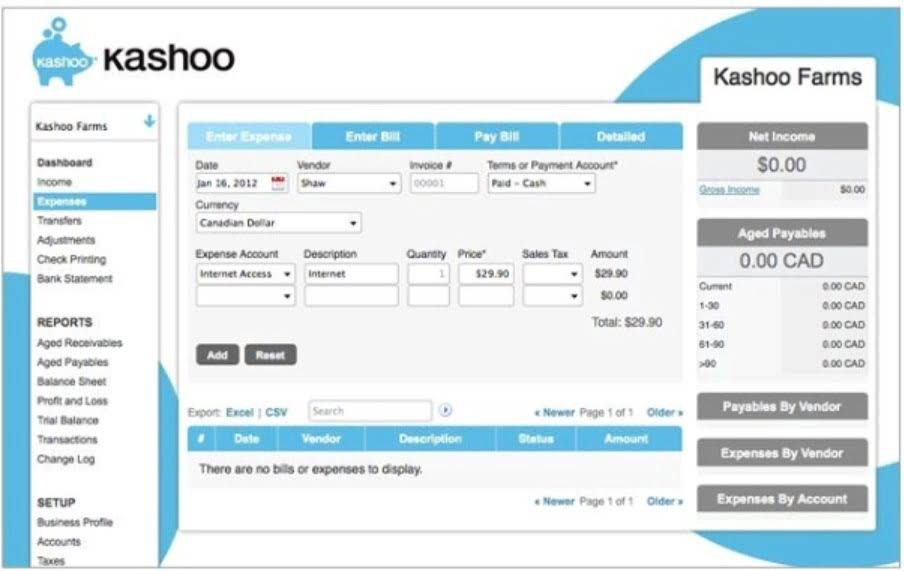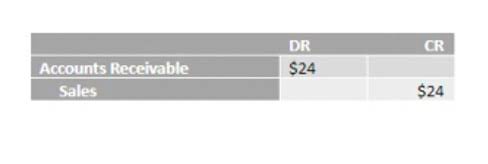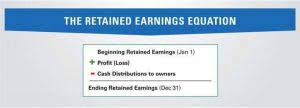
There is no definition of double entry in the Conceptual Framework – although it is probably fair to say that this is the most fundamental underpinning principle in accounting. In the absence of a formal definition, it is best to start by understanding the term ‘dual aspect’. The dual aspect means that each party in a transaction is affected in two ways by the transaction and that every transaction gives rise to both a debit entry (Dr) and a credit entry (Cr). Although privately held companies are not required to abide by GAAP, publicly traded companies must file GAAP-compliant financial statements to be listed on a stock exchange. Chief officers of publicly traded companies and their independent auditors must certify that the financial statements and related notes were prepared in accordance with GAAP.
Tax Cuts and Jobs Act

This means that FASB has only one major legal system and government to consider. This means that interpretation and guidance on US GAAP standards can often contain specific details and guidelines in order to help align the accounting process with legal matters and tax laws. Every organization, according to its needs, chooses a specific period of time to complete an accounting cycle. This accounting concept states that only financial transactions will find a place in accounting. So only those business activities that can be expressed in monetary terms will be recorded in accounting.
What is the Realization Principle?
A seller ships goods to a customer on credit, and bills the customer $2,000 for the goods. The seller has realized the entire $2,000 as soon as the shipment has been completed, since there are no additional earning activities to complete. The delayed payment is a financing issue that is unrelated to the realization of revenues. In this situation, the acquirer classifies leases on the basis of the contractual terms and other factors that existed at the inception of the contracts.
Accounting Concepts and Conventions
For instance, GAAP allows companies to use either first in, first out (FIFO) or last in, first out (LIFO) as an inventory cost method. When an account produces a balance that is contrary to what the expected normal balance of that account is, this account has an abnormal balance. Let’s consider the following example to better understand abnormal balances. After each semester or quarter, your grade point average (GPA) is updated with new information on your performance in classes you completed. This gives you timely grading information with which to make decisions about your schooling.
When the delivery takes place, income is earned, the related revenue item is recognized, and the deferred revenue is reduced. Revenue recognition is generally required of all public companies in the U.S. according to generally accepted accounting principles. The requirements for tend to vary based on jurisdiction for other companies. In many cases, it is not necessary https://www.bookstime.com/ for small businesses as they are not bound by GAAP accounting unless they intend to go public. In the case of services or investment, it is to be recognized when income is accruedIncome Is AccruedAccrued Income is that part of the income which is earned but hasn’t been received yet. This income is shown in the balance sheet as accounts receivables.read more.
Realization Accounting: Principles, Impact, and Applications
In this fact—namely, acceptance by all concerned—lies the importance of adhering to these accounting concepts or assumptions. Everyone accepts this assumption and all accounting records and statements prepared on the basis of this assumption are generally accepted by all concerned. This straightforward example allows a key point about double entry to be made.
- In similar term, we realize as revenues when we deliver the agreed product with customers or the services have been rendered to them.
- When every company follows the same framework and rules, investors, creditors, and other financial statement users will have an easier time understanding the reports and making decisions based on them.
- Industry Practices Constraint – some industries have unique aspects about their business operation that don’t conform to traditional accounting standards.
- As we can see from this expanded accounting equation, Assets accounts increase on the debit side and decrease on the credit side.
- This concept is rooted in the idea that revenue is not considered earned until the earnings process is complete and the payment is assured.
Accounting Concepts

These assets and liabilities may not be the same as those recognised in the acquiree’s own financial statements. Standardized accounting principles date all the way back to the advent of double-entry bookkeeping in the 15th and 16th centuries, which introduced a T-ledger with matched entries for assets and liabilities. Some scholars have argued that the advent of double-entry accounting practices during that time provided a springboard for the rise of commerce and capitalism. What would become the American Institute of Certified Public Accountants (AICPA) and the New York Stock Exchange (NYSE) attempted to launch the first accounting standards to be used by firms in the United States in the 1930s.
- Upgrading to a paid membership gives you access to our extensive collection of plug-and-play Templates designed to power your performance—as well as CFI’s full course catalog and accredited Certification Programs.
- Installment sales are quite common, where products are sold on a deferred payment plan and payments are received in the future after the goods have already been delivered to the customer.
- By adhering to this principle, companies can provide a more accurate picture of their financial performance, which is invaluable for investors, creditors, and other stakeholders.
- In June, $90,000 was collected and in September, $210,000 was collected.
- A potential or existing investor wants timely information by which to measure the performance of the company, and to help decide whether to invest.
Great! The Financial Professional Will Get Back To You Soon.
These frameworks ensure that public sector financial statements provide a true and fair view of the entity’s financial position, enabling better accountability and transparency. IFRS 3’s recognition and measurement principles should be applied to determine which assets and liabilities to recognise and how they should be measured. In accounting, revenue recognition is one of the areas that is most susceptible to manipulation and bias. In fact, it is estimated that a significant portion of all accounting fraud stems from revenue recognition issues, given the amount of judgment involved. Understanding the revenue recognition principle is important in analyzing financial statements. This is common in long-term construction and defense contracts that take years to complete.
Get Your Question Answered by a Financial Professional
The separate journal entry—to record the costs of goods sold and to reduce the canoe inventory that reflects the $150 cost of the sale—would still be the same. As mentioned, the revenue recognition principle requires that, in some instances, revenue is recognized before receiving a cash payment. This money owed to the company is a type of receivable for the company and a payable for the company’s customer. Revenue accounting is fairly straightforward when a product is sold and the revenue is recognized when the customer pays for the product. However, accounting for revenue can get complicated when a company takes a long time to produce a product.
Accounting Period Concept
We also know that the employment activities performed by an employee of a company are considered an expense, in this case a salary expense. In baseball, and other sports around the world, players’ contracts are consistently categorized as assets that lose value over time (they are amortized). Let’s say there were a credit of $4,000 and a debit of $6,000 in accounting realisation concept the Accounts Payable account. Since Accounts Payable increases on the credit side, one would expect a normal balance on the credit side. However, the difference between the two figures in this case would be a debit balance of $2,000, which is an abnormal balance. This situation could possibly occur with an overpayment to a supplier or an error in recording.